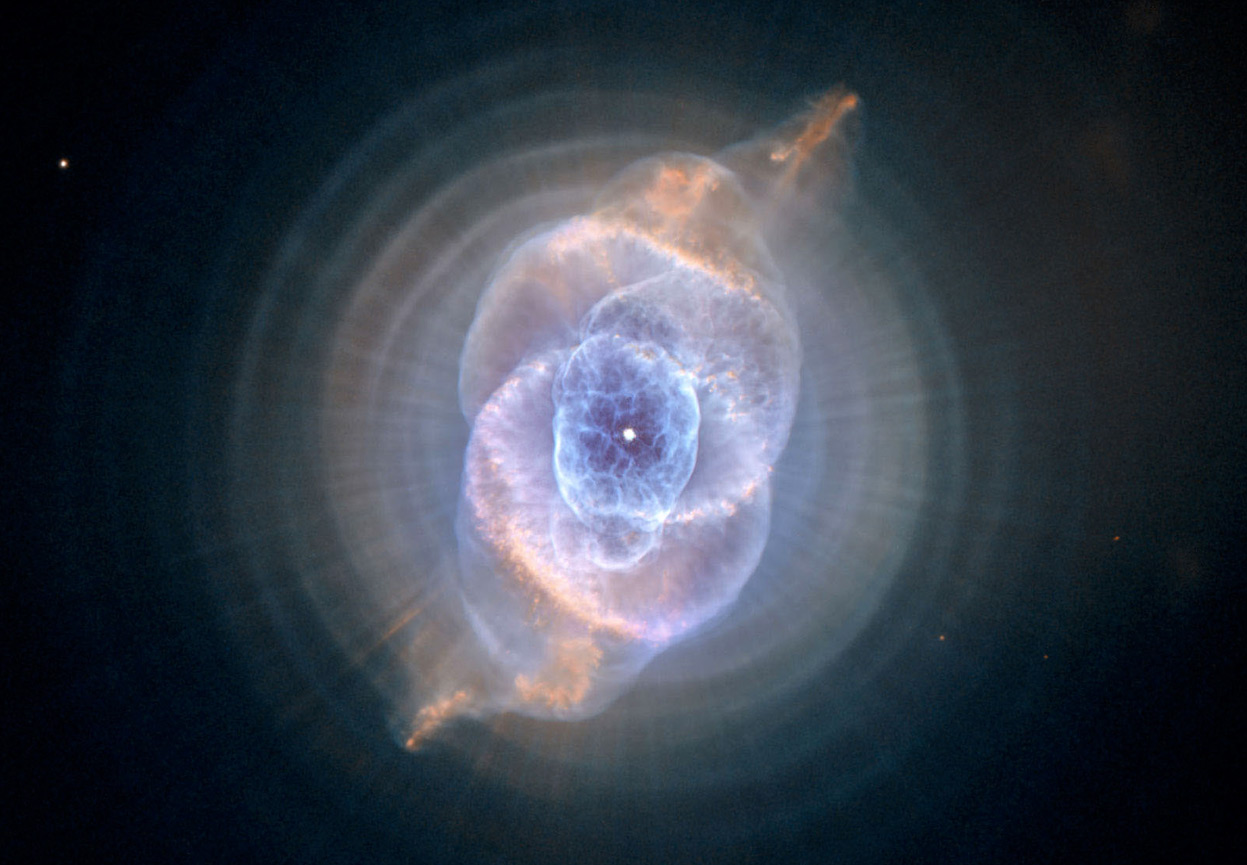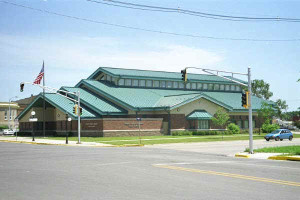
After traveling for light years — actually, since June 2015 — from a galaxy far away — actually, from Washington, D.C. — the National Science Foundation-sponsored program “Discover Space: Exploring Our Solar System and Beyond” has entered the orbit of the Perry Public Library learned with its 800-square-foot, multi-station exhibit.
Perry’s library is one of only six in the U.S. chosen to exhibit the “Discover Space” exhibit, which was also sponsored by the National Center for Interactive Learning (NCIL) at the Space Science Institute (SSI), the Lunar and Planetary Institute (LPI), the Afterschool Alliance and the American Library Association Public Programs Office.
The space-time journey begins Friday, May 4 at 3 p.m. in the library large meeting room with a screening of the movie that started the commercial craze: “Star Wars Episode IV: A New Hope,” which is rated PG and is 124 minutes long. All teens are invited to enjoy the movie, snacks and camaraderie at this free planetary event.

From 6-8 p.m. Friday the Discover Space Summer Reading Program will blast off, with the library bending space-time to stay open late for this special occasion. The exhibit features family-friendly, space-themed kiosks that inform young and old alike. A door prize awaits one lucky visitor who visits all the kiosks, according to library sources.
Space fun continues next week when summer readers will design, create and test a capsule to deliver an eggstro-naut to earth as well as make a planet and build a rocket. The K-second graders will make their own planet Wednesday, May 16 at 3:30 p.m., and the tweens and teens will build a rocket ship Wednesday, May 30 at 3:30 p.m. All activities are free, and no registration needed.
“Discover Space” is one of three science- and technology-focused traveling exhibitions to be hosted by public libraries around the country, according to the ALA website. The interactive exhibitions are “designed to promote STEM (science, technology, engineering and math) learning opportunities for all ages,” the website says.
“The most beautiful thing we can experience is the mysterious. It is the source of all true art and science.” –Albert Einstein
To attract the exhibit, Perry Public Library Director Mary Murphy applied in 2015, and the application included letters of support from PACES Director Mary Hillman, St. Patrick Catholic School Principal Doug Latham, Dallas County Conservation Board Historical and Cultural Resources Coordinator Pete Malmberg, Iowa State University Extension and Outreach Educator Lisa Mickelson, Perry Community School District Superintendent Lynn Ubben, Perry Community School District Director of Teaching and Learning Kevin Vidergar, Perry City Administrator Butch Niebuhr, Perry Assistant City Administrator Sven Peterson and members of the Perry Public Library Board of Directors, Connie Joy, Heather Karolus, Kendall Rathje, Mark Miller and Rosa Gonzalez.
“Discover Space” is about halfway through its 12-week orbit of the Perry library, which received a lot of supporting materials, such as:
- a cash grant of $1,000 to cover the cost of public programming related to the exhibition;
- a “Discover Space” teacher guide, family guide and hands-on activities for different age groups to help the library develop programs and support classroom visits;
- a two-day, in-person orientation for two exhibition coordinators;
- periodic webinars on timely STEM topics to support programming at the library;
- promotional materials to aid in local outreach; and
- access to the STAR_Net Online Community and a national network of STEM-oriented organizations.
The library’s ongoing public programs related to the “Discover Space” exhibition and to participate in the STAR_Net Online Community throughout the exhibition period.

The application form said libraries “in rural areas and those serving rural populations and underrepresented groups” were especially invited to apply.
Prior to touching down in Perry, the Discover Space exhibit orbited through Rocky Mount, N.C., Plymouth, N.H., Frederick, Md., Yuma, Ariz., and Cheyenne, Wy.
The “Discover Space” exhibit asks and tries to answer the age-old questions:
Where did we come from, and are we alone? NSF and NASA research programs are helping humanity understand the origin and evolution of galaxies, stars, and planets, and defining the conditions necessary to support life beyond Earth. The four exhibit areas are: A. Search for Alien Earths, B. Exploring Our Solar System, C. Space Rocks, and D. Electric Space. Exhibit goals for visitors are: 1) Learn how stars and planetary systems form and the role that gravity plays, 2) Understand the similarities and differences between Earth and Mars and the tools we use to explore planets, 3) Explore the role that asteroids and comets play in our Solar System, 4) Learn that the Sun is a dynamic star and how it varies, and 5) Explore electric and magnetic changes that take place in space (e.g., the aurora). This exhibit is currently being designed. Final exhibit components will be determined by Summer, 2015.
Discover Space features a 42” Touch Table on which patrons will be able to interact with a variety of astronomy simulations and games. Experiences will include unique pieces designed by NCIL (such as Planet Families, where visitors build their own solar system), as well as popular pieces from JPL and NASA. The exhibit will also feature a touchable meteorite collection, including a 10 pound meteorite. A Solar Monitoring Station will allow patrons to experience near-real-time changes in the Sun’s atmosphere and photosphere.
The Discover Space Quiz Show is a quick-paced and humorous version of a TV game show. Up to three patrons will be able to play the game with a host (an animation of an alien being) asking questions about space science and astronomy and delivering the answers. The JPL/NASA produced Eyes on Exoplanets touchscreen kiosk allows patrons to learn about the search for exoplanets and the latest discoveries. This kiosk will provide near-real-time updates. The Mission to Mars kiosk takes patrons on a journey to Mars and back. Asteroids and comets will be featured in the Space Rocks kiosk that includes and a touch screen featuring games such as “What if it Hit My Town”, “Asteroid Impact” and “What are the Odds?”
Hands-on interactives will also include a Solar System Weather Report Station, where patrons can step in front of a green screen, don an assortment of costumes and give a weather report from various locations in our Solar System. This station will include props and could get a little noisy. Also included is a Discovery Station with various space-themed, hands-on activities such as designing and building robotic rovers (using Legos and other equipment).
















